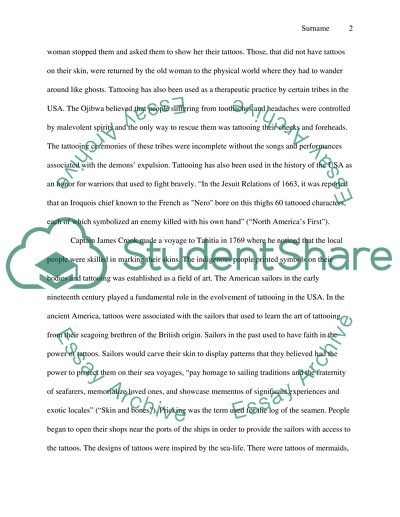Cite this document
(“The History of Tattoos in the USA Research Paper”, n.d.)
The History of Tattoos in the USA Research Paper. Retrieved from https://studentshare.org/anthropology/1435669-the-history-of-tattoos-in-the-united-states
The History of Tattoos in the USA Research Paper. Retrieved from https://studentshare.org/anthropology/1435669-the-history-of-tattoos-in-the-united-states
(The History of Tattoos in the USA Research Paper)
The History of Tattoos in the USA Research Paper. https://studentshare.org/anthropology/1435669-the-history-of-tattoos-in-the-united-states.
The History of Tattoos in the USA Research Paper. https://studentshare.org/anthropology/1435669-the-history-of-tattoos-in-the-united-states.
“The History of Tattoos in the USA Research Paper”, n.d. https://studentshare.org/anthropology/1435669-the-history-of-tattoos-in-the-united-states.


